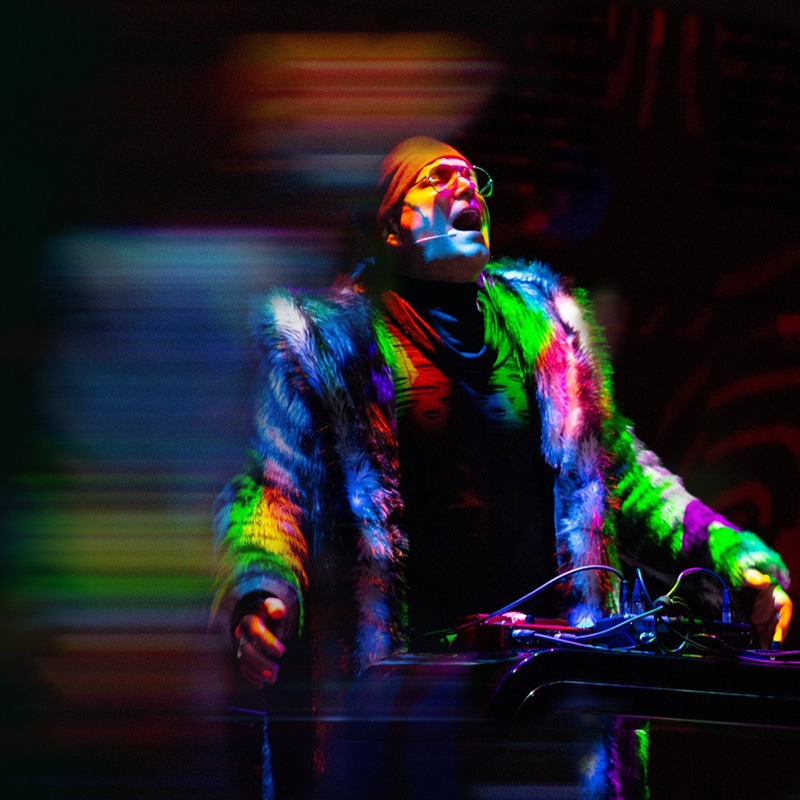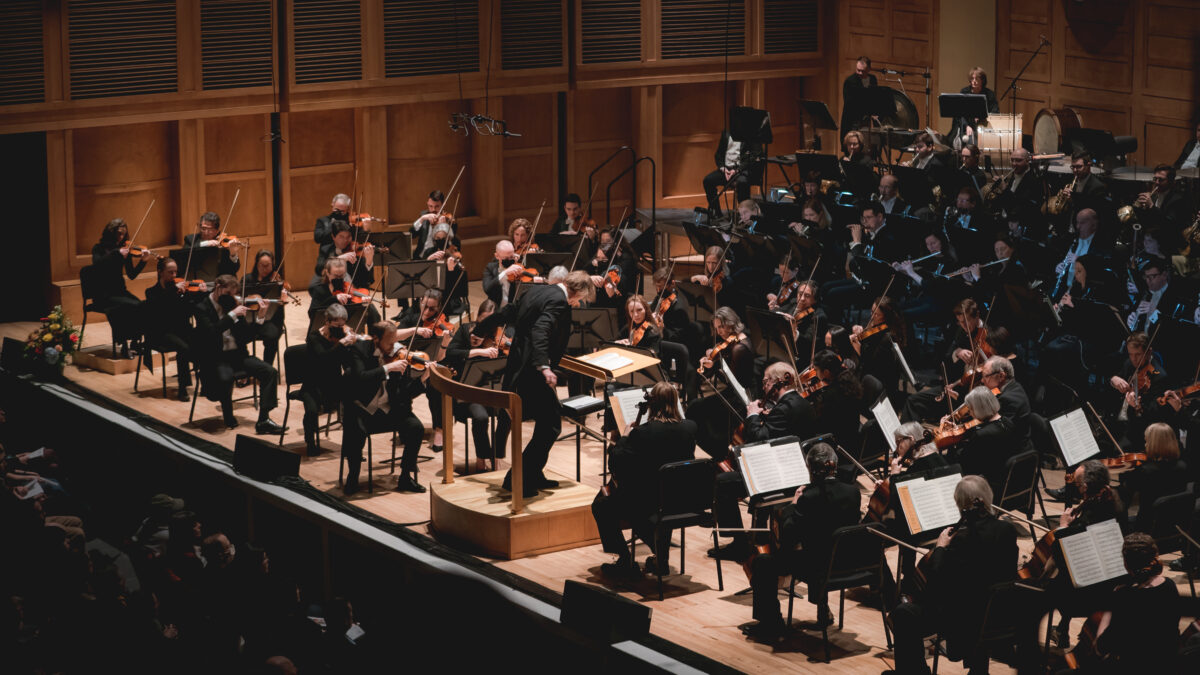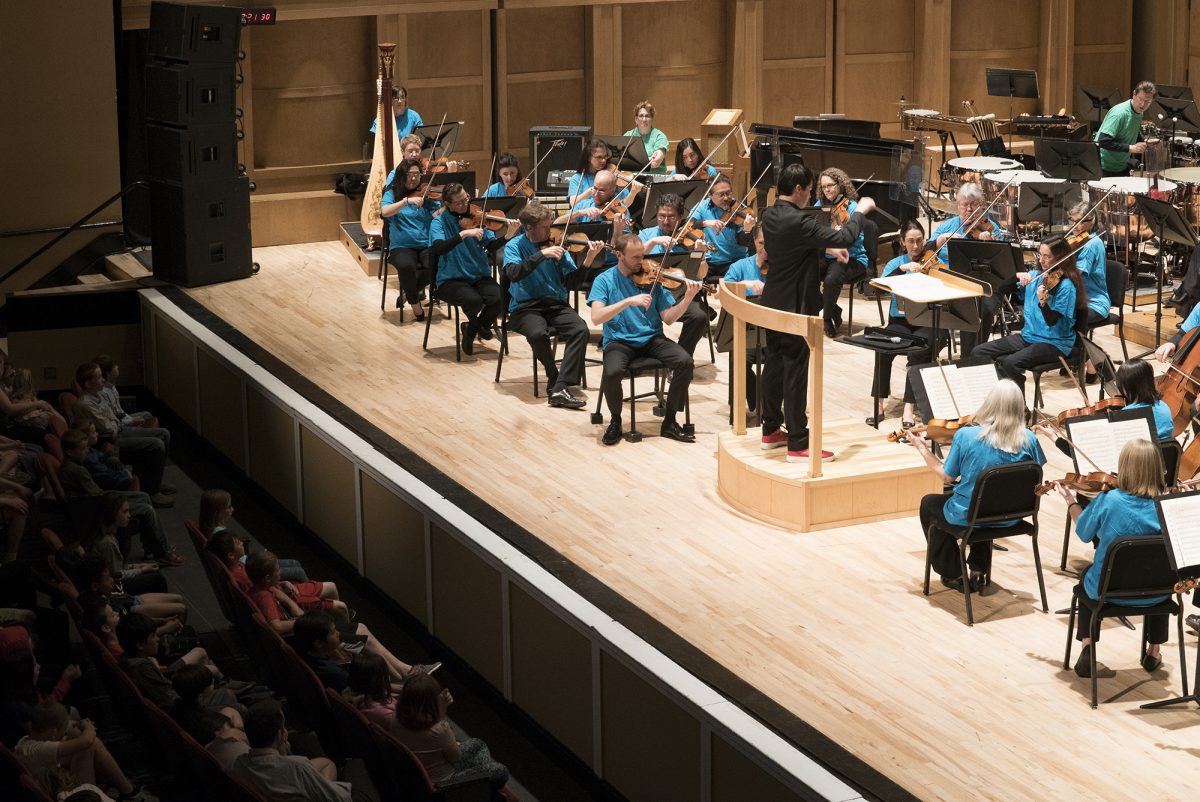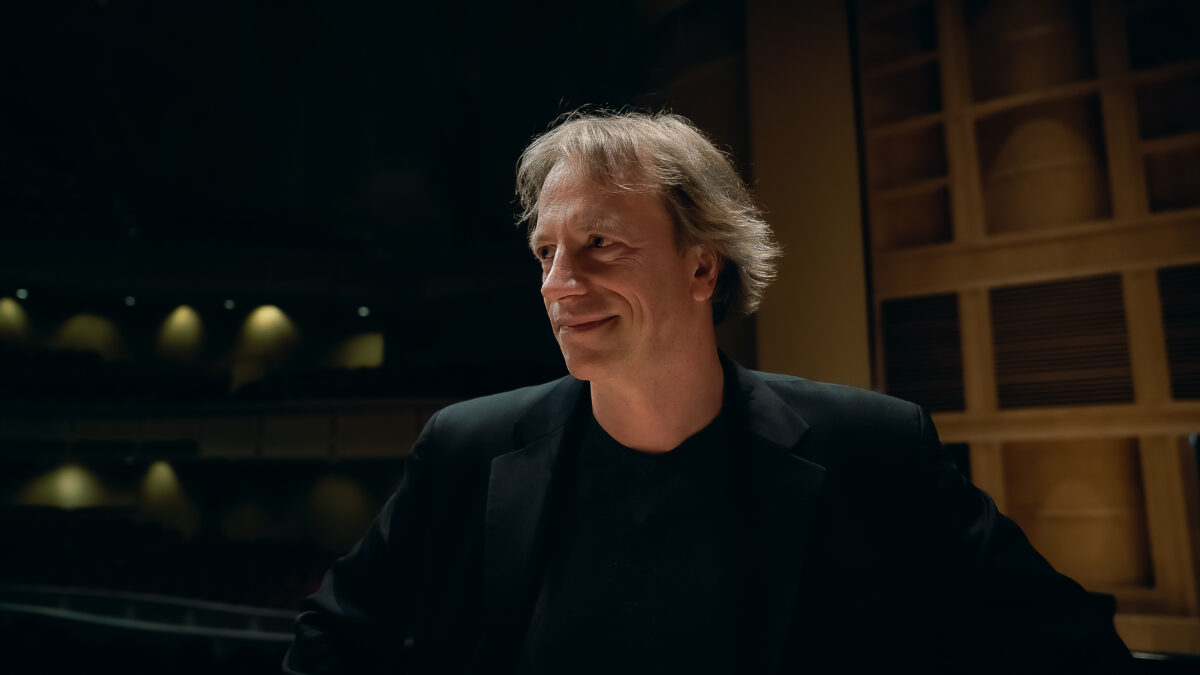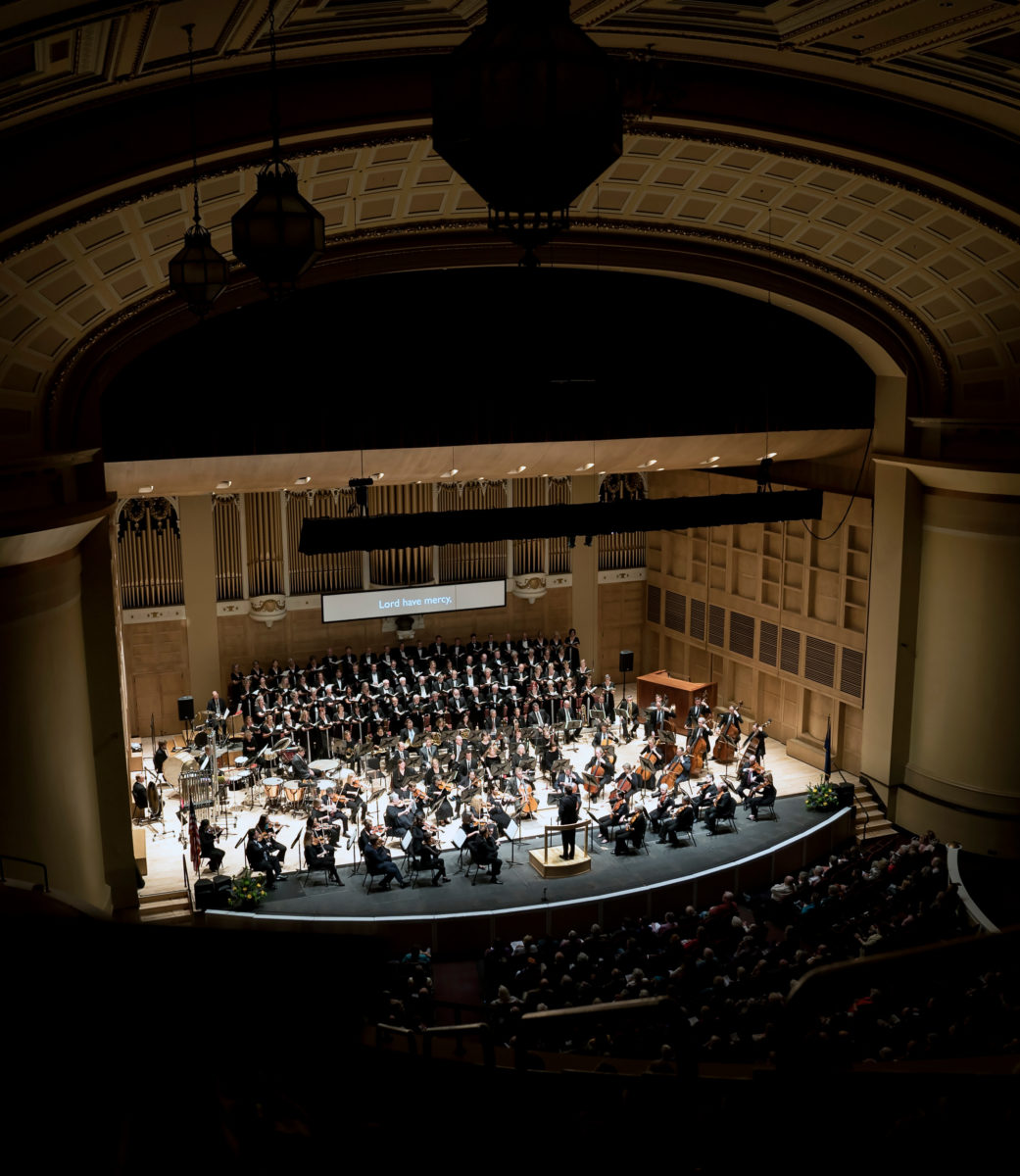Mozart & Tchaikovsky Program Notes
Wolfgang Amadè Mozart
Symphony No. 38 in D major, K. 504, “Prague”
Wolfgang Amadè Mozart (he never used “Amadeus” except when making a joke) was born in Salzburg, Austria in 1756 and died in Vienna in 1791. He composed his Symphony No. 38 in Vienna in December 1786, and it was first performed in Prague in January 1787. The score calls for 2 flutes, 2 oboes, 2 bassoons, 2 horns, 2 trumpets, timpani, and strings.
*****
When he visited Prague in 1787 Mozart found a city and a people wildly excited about his music. This was a pleasant change, for back home in Vienna he had become passé. But in Prague a whole city, it seemed, was mad about his opera The Marriage of Figaro, which had opened there the previous year. He wrote a friend: “I looked on with great pleasure while all these people skipped about, quite enraptured, to the music of my Figaroarranged for contradances and waltzes. For here they talk about nothing but Figaro; they play nothing, sing nothing, whistle nothing but Figaro; they go to no opera but Figaroand forever Figaro. Truly this is a great honor for me.” Given the success of his opera, Mozart had been invited to Prague (then a part of the Austrian Empire) to see the production, conduct it, and put on concerts of his own. Hence the need for a new symphony.
Mozart’s PragueSymphony is unusual in two respects. By this time Mozart usually wrote four-movement symphonies, but the Pragueis only three, apparently because the people there preferred them that way. (Adding the fourth movement was no longer an innovation, but neither was the practice universal.) Mozart originally thought of bringing along another three-movement symphony—No. 31 in D Major, Paris—instead of composing one for the occasion. Then he decided to compose a new finale, but once that was done he went ahead and composed two more new movements to go with it.
The Pragueis also one of the few Mozart symphonies to feature a slow introduction to the first movement, a common practice for Haydn but rare for Mozart. This Adagiois lengthy and portentous and a perfect foil for what follows. The Allegrois full of syncopation—the placement of rhythmic emphasis where you don’t expect it—keeping things off-kilter and bristling with life. A delightful movement of endless invention.
Just as the Andante’s opening theme has two parts—a diatonic first half, a chromatic second—so the movement itself has two moods. Mozart slips between sweetness and melancholy, repose and urgency with astonishing deftness.
The Finale’s opening gesture—slyly taken from a comic aria in Figaro—propels the movement from beginning to end. It is rhythmically incisive yet never hectic, rollicking yet ever graceful.
At a time when his sun was setting in Vienna, Mozart gave his Prague audience a symphony as exuberant as Figaroto whistle in the streets. But it is so much more than a collection of pretty tunes. The PragueSymphony has a depth of expression hitherto unknown in a symphony, and the kind of craftsmanship that makes every note seem inspired, yet inevitable.
*****
Lowell Liebermann
Concerto for Flute & Orchestra, Op. 39
Lowell Liebermann was born in New York City in 1961. He completed this concerto in 1992 on a commission from James Galway, who was the soloist at the premiere performance the same year with the Saint Louis Symphony under the direction of Leonard Slatkin. The score calls for solo flute, flute, piccolo, oboe, English horn, clarinet, bass clarinet, bassoon, contrabassoon, 2 horns, 2 trumpets, timpani, percussion, piano, harp, and strings.
*****
Lowell Liebermann made his performing debut at Carnegie Recital Hall at the age of sixteen, playing his own Sonata for Piano, Op. 1. He had been studying the piano for eight years and composing for two. He went on to earn his bachelor’s, master’s, and doctoral degrees from the Julliard School of Music, where he studied composition with David Diamond and Vincent Persichetti. Since then he has bucked the tide of academic composers by composing music that is both tonal and tuneful.
Since then, Liebermann has composed over 130 works, including symphonies, a Concerto for Orchestra, operas, concertos, a ballet, string quartets, piano quintets, quartets, and trios, vocal music, works for chorus, and a great amount of music for solo piano. He has received the Virgil Thomson from the American Academy of Arts and Letters and the Virgil Thomson Foundation, the first American Composers Invitational Award from the 11th Van Cliburn Competition, a Charles Ives Fellowship from the American Academy of Arts and Letters, as well as awards from ASCAP and BMI. Liebermann’s works are among the most-performed and most-recorded of any living American composer today.
When flute virtuoso James Galway asked Liebermann to orchestrate his immensely popular Sonata for Flute & Piano, Op. 23, Liebermann responded that he’d rather compose an all-new concerto for him instead. Writing a work for Galway was inspiring, Liebermann says, because “he can do anything on the instrument, so I wasn’t afraid to write anything.”
The Concerto is in three movements, all of which avoid sonata form. The first movement is in three parts, with its outer sections based on a quirky march theme that the flute embellishes. The central section is a chaconne—that is, a set of variations built above a repeating chord progression. Here, Liebermann unifies the movement by taking his chord progression from the first section. When the opening music returns, the strings carry the melody while the flute decorates it in a beguiling manner.
The second movement is a tender and romantic-sounding Adagiowith a pulsing, off-beat accompaniment. The breathless Finale is, in Liebermann’s words, “a virtuoso workout for the flutist in a rondo-like form that closes with a prestissimocoda.” This Flute Concerto entered the standard repertory of the instrument almost as soon as the ink was dry on Liebermann’s score, and it’s easy to see why.
*****
Peter Ilyich Tchaikovsky
Elegie from Serenade for String Orchestra in C Major, Op. 48
Peter Ilyich Tchaikovsky was born in Votkinsk, Russia, in 1840 and died in St. Petersburg in 1893. He composed this work in 1880 and it was first performed the following year in St. Petersburg under the direction of Eduard Nápravník.
*****
In 1880 Tchaikovsky wrote to his patron and confidante Nadeja von Meck: “You can imagine, beloved friend, that my muse has been benevolent of late, when I tell you I have written two long works very rapidly: the festival overture and a serenade in four movements for string orchestra. The overture will be very noisy. I wrote it without much warmth or enthusiasm; and therefore it has no great artistic value. The serenade, on the contrary, I wrote from an inward impulse: I felt it; and I venture to hope that this work is not without artistic qualities.”
The “very noisy” work to which Tchaikovsky referred (with brutal honesty) was the 1812 Overture; the other, of course, was the Serenade for Strings.
Those who know only Tchaikovsky’s passionate, heart-on-the-sleeve symphonies might be surprised to learn that he adored the music of the Classical era. He once said, “Do you know that when I play Mozart I feel brighter and younger, almost a youth . . . it is thanks to Mozart that I have devoted my life to music.” Tchaikovsky made his love of the classical style overt in a few pieces, particularly the Suites for Orchestra (one of which he called Mozartiana) and the Serenade for Strings.
Which is not to say that the Serenade sounds anything like Mozart—it doesn’t, of course. Tchaikovsky was merely taking the Classical aesthetic as inspiration, and to appropriate—however loosely—some of its forms. A fond, backward glance over the shoulder, if you will.
The Elegieis the Serenade’s third movement, and despite the title, this is not funereal music. It’s more of a nostalgic walk down a path that gives us wistful remembrances of happier times. The rising scale that opens the movement is repeated three times, each with a full-stop and each with a different finish, as if they were different aspects of the same sentimental idea. The middle section becomes a bit more intense, but then, as the rising scales return—with the strings muted this time—they rise even further, into celestial harmonics, as our memories slip away.
*****
Peter Ilyich Tchaikowsky
Francesca da Rimini, Op. 32
Tchaikovsky composed this work in 1876, and it was first performed in Moscow the following year by the Russian Musical Society under the direction of Nikolai Rubinstein. The score calls for 3 flutes, piccolo, 3 oboes, English horn, 2 clarinets, 2 bassoons, 4 horns, 4 trumpets, 3 trombones, tuba, timpani, percussion, harp, and strings.
*****
Tchaikowsky had originally planned an opera based on the love story of Francesca and Paolo from the fifth canto of Dante’s Inferno. When he could not obtain an adequate libretto, he decided to compose an orchestral fantasy on the subject instead. As the story goes, Francesca is betrothed to the ugly Giovanni, but she has fallen in love with his younger brother Paolo. The couple give in to their desires, whereupon Giovanni, who has caught them in the act, slays them. The lovers’ souls go to hell, joining the souls of others who had abandoned themselves to the sins of the flesh.
The piece is in three parts. Part one is a description of Hades and the motto over its gate: “Abandon all hope, ye who enter here.” In the middle section we encounter Francesca, who relates her story. The music here ought to be rated “R”, for the sound-picture that she paints of the couple’s act of love could hardly be more explicit. The final section is the descent into hell and the eternal torment.
How curious that Tchaikowsky surrounded such an impassioned love scene with grotesque depictions of the torments of hell. How ironic as well, that one of music’s most intense renderings of heterosexual sex was composed by a homosexual. This, of course, provides a field day for armchair psychologists, who have pointed to this work, and the composer’s attempt at marriage, as efforts to either disprove or overcome his sexual proclivities. The marriage was an utter fiasco; Francesca, on the other hand, is a feast for the senses and for the imagination.
—Mark Rohr Questions or comments? markrohrprogramnotes@gmail.com





